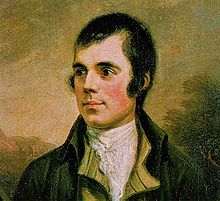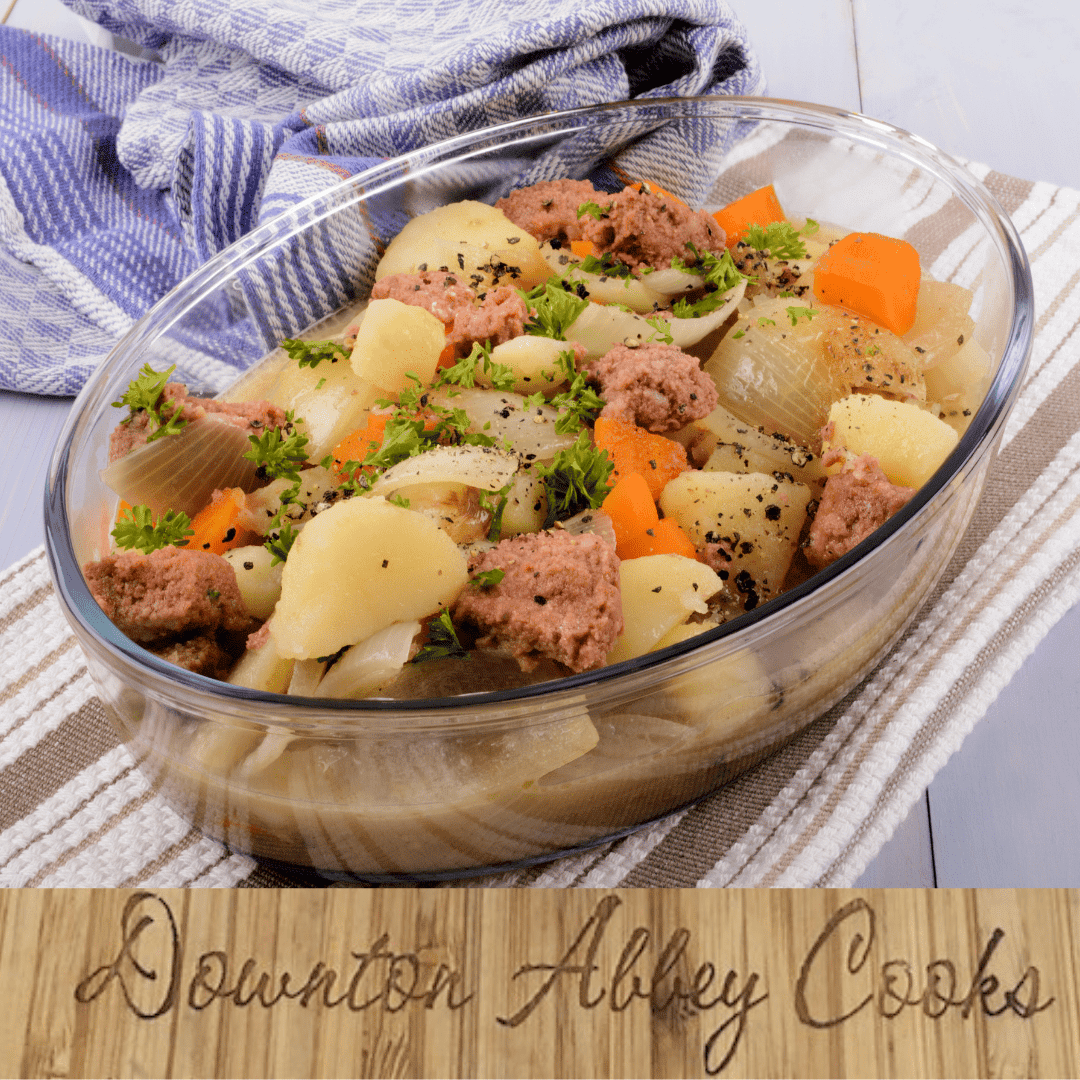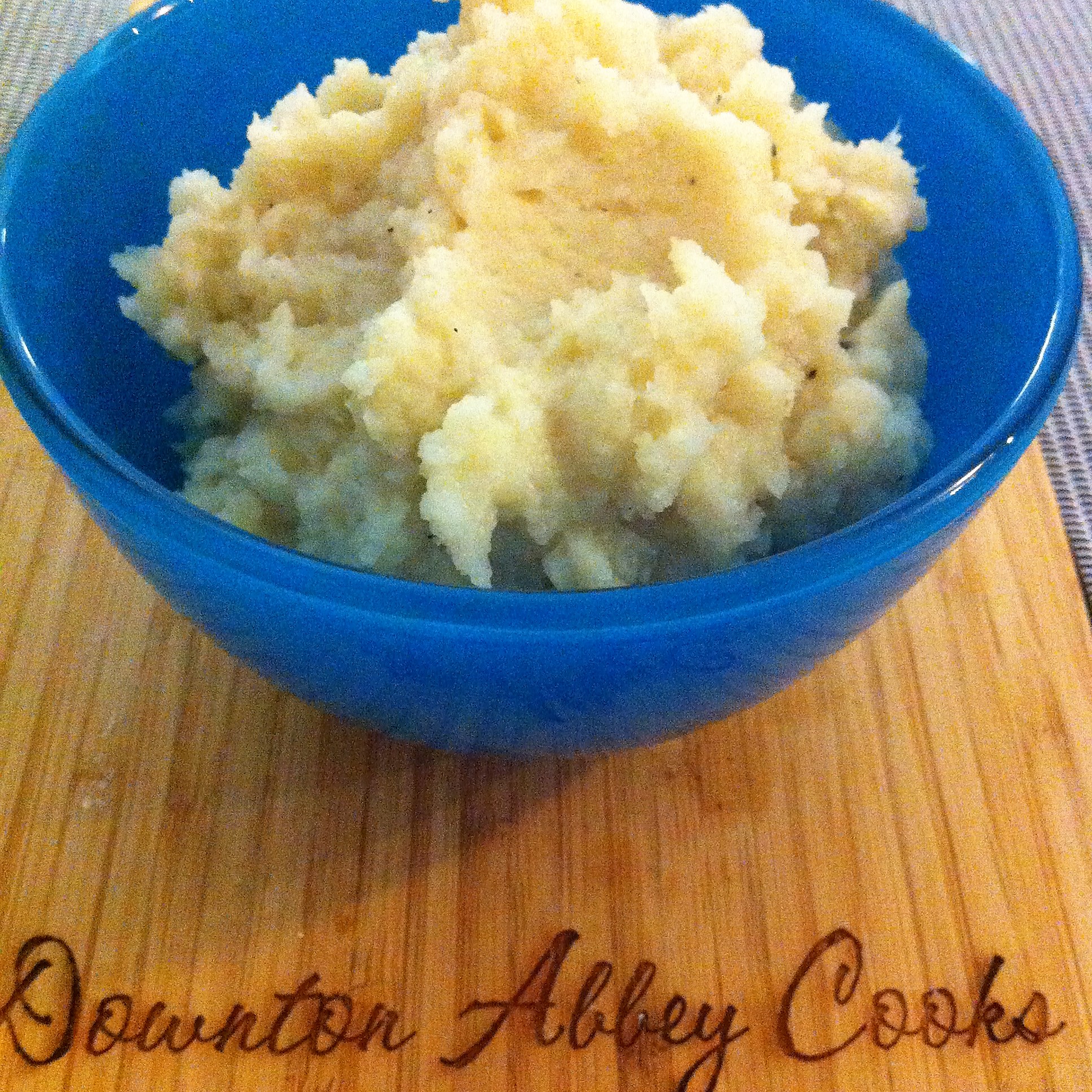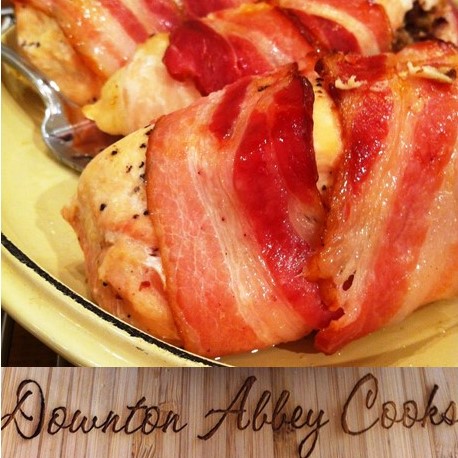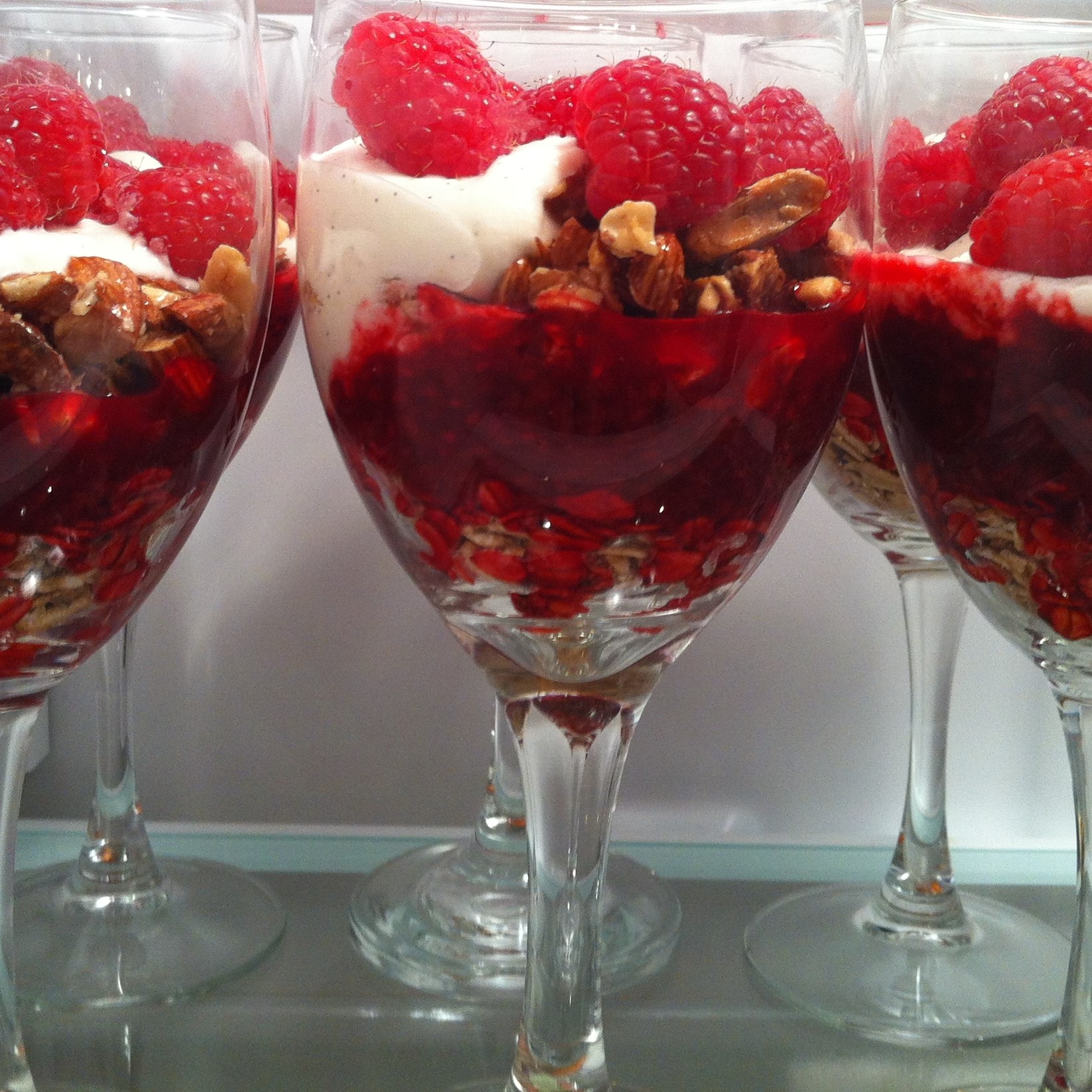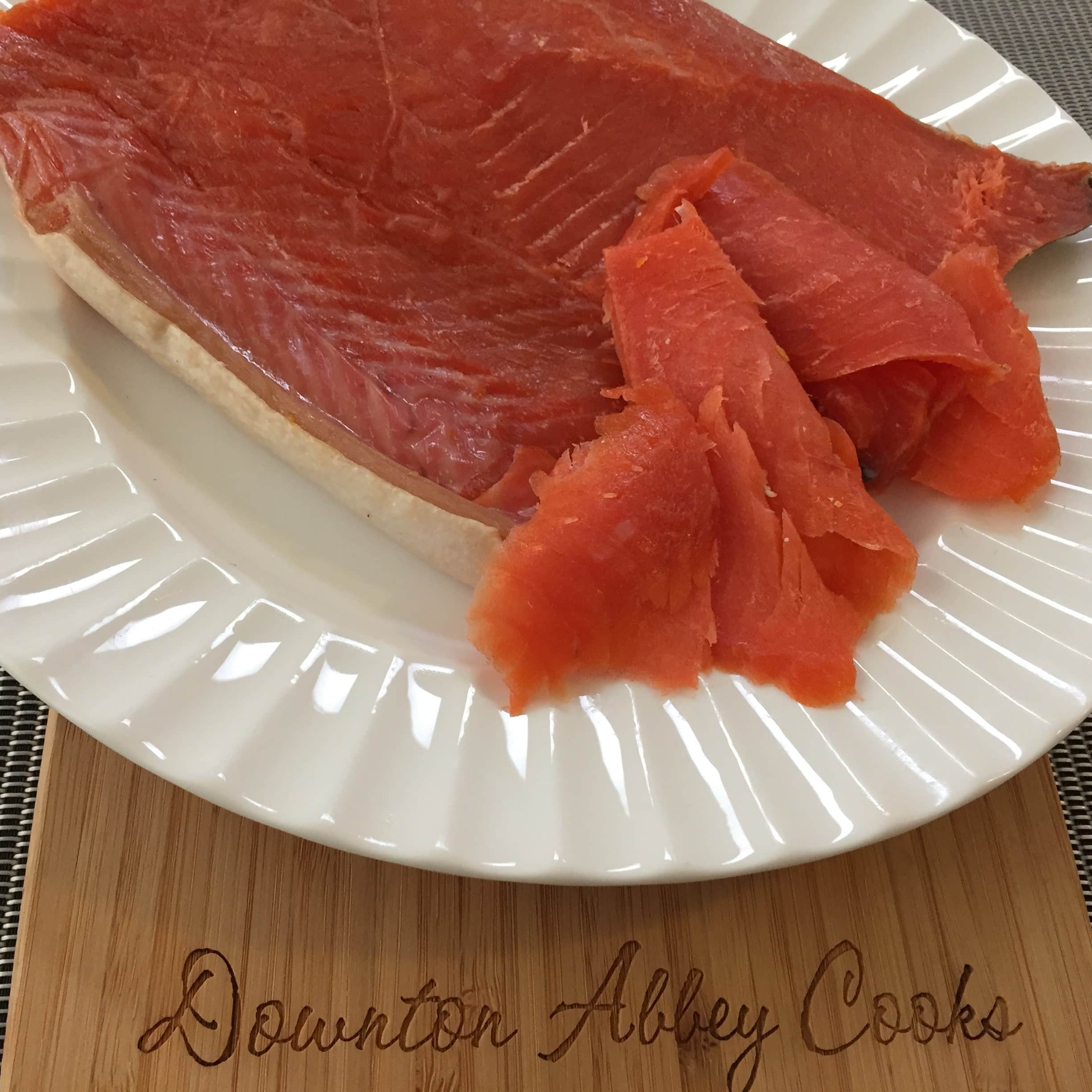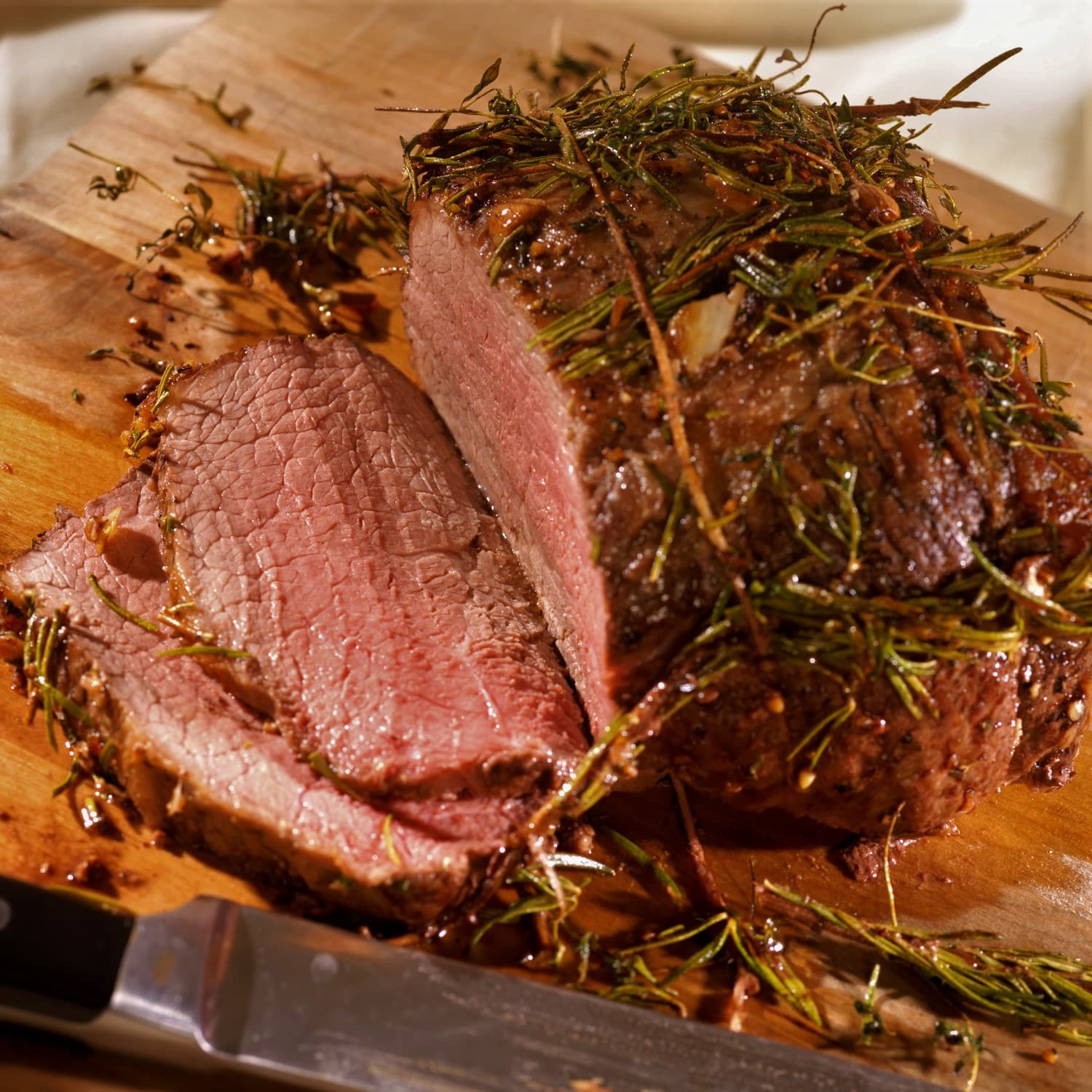On January 25, Scots around the world celebrate the birth of the famous Scottish poet, Robert Burns. You know at least one poem, “Auld Lang Syne’ which we sing on New Year’s Eve, written in 1788. He died at the age of 37.
Traditional Burns Suppers were often held the weekend before or after his actual birthday– there is scotch involved. First celebrated in 1802, this is a very carefully scripted event with a set program complete with bagpipes, and speeches in a language that barely resembles English.
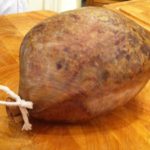
The main event was the piping in and then the address of the haggis (sheep’s stomach stuffed with oatmeal mixed with offals). Think of it like turkey stuffing which is full of flavour.
No one really knows just where Haggis originated, but it is generally attributed to Scotland and considered the national dish of Scotland. This is mainly attributed to Robert Burns’ poem Address to a Haggis written in 1787, which is now part of an official Burns Supper program.
The first Burns supper was held in July 1801 when nine of Burns’ close friends celebrated the fifth anniversary of their friend’s death. Taking place at Burns Cottage in Alloway, the night included a traditional meal, a performance of Burns’ work and a speech in honour of the great Bard (now known as the Immortal Memory). The night was such a resounding success they decided to hold it again, moving the date to his birthday and thus started the Rabbie Burns tradition enjoyed today.
What happens at a Burns Supper?
Everyone enjoys a hearty Burns Night meal (which includes haggis, neeps and tatties, rounded off with drams of whisky), some of Burns’ poems and songs are recited, and tributes are made to the great Bard.
Generally, the running order normally goes something like this:
- To start – everyone gathers, the host says a few words, everyone sits, and the Selkirk Grace is recited.
- The meal – the starter is served, the haggis is piped in, the host performs the famous Burns Night haggis poem Address to a Haggis, everyone toasts the haggis, and the main meal is served, followed by dessert.
- After the meal – the first Burns recital is performed after Burns Night food, the Immortal Memory (the main tribute speech to Burns) is given, and the second Burns recital is performed. Then a light-hearted Toast to the Lassies is made followed by a Reply to the Toast to the Lassies, with the chance for the ladies to poke at the men, before the final Burns recital is performed.
- To end the night – the host gives a vote of thanks, and everyone stands and sings Auld Lang Syne, crossing their arms and joining hands at the line ‘And there’s a hand, my trusty fere!’.
How to Celebrate at Home
If you can’t find a local Burns Supper to attend, you can celebrate at home with traditional dishes typically served.

